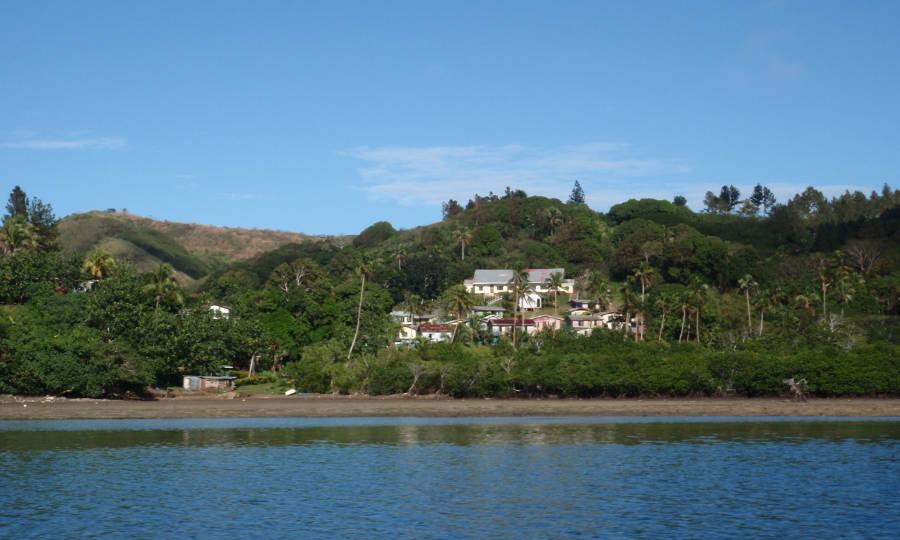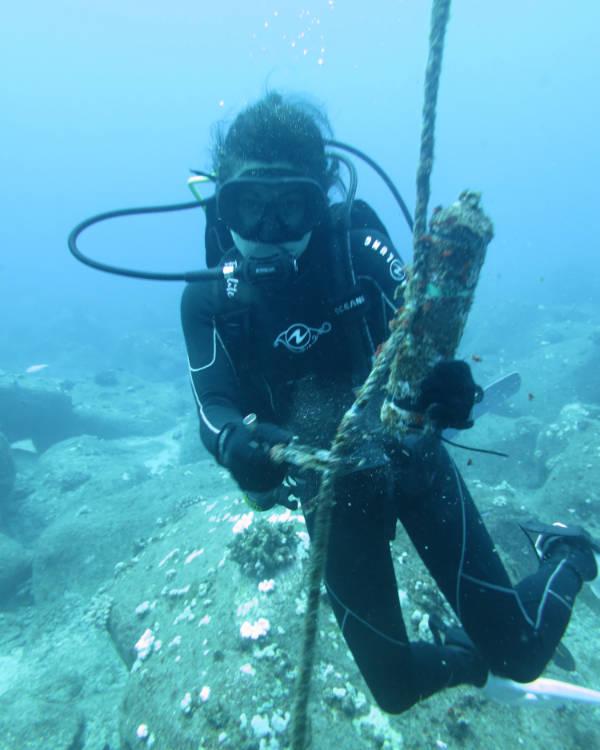STUDY: Forest Conservation Can Aid Coral Reefs
Researchers from the Wildlife Conservation Society (WCS) and the University of Hawai‘i at Mānoa are discovering how forest conservation in Fiji can minimize the impact of human activities on coral reefs and their fish populations.
Authors of a newly published study in Scientific Reports have used innovative modeling tools to identify specific locations on the land where conservation actions would yield the highest benefits for downstream reefs in terms of mitigating harm to coral communities and associated reef fish populations.
This new approach can inform conservation action not only in Fiji—an archipelago of islands in the south Pacific ocean—but also in Hawaiʻi and across all of the Pacific islands.
The authors of the study are: Jade Delevaux, Stacy Jupiter, Kostantinos Stamoulis, Leah Bremer, Amelia Wenger, Rachel Dacks, Peter Garrod, Kim Falinski and Tamara Ticktin.
The researchers focused on Fiji’s Kubulau District, where indigenous landowners are already taking action to manage their resources through a ridge-to-reef management plan.
Human impact to Fiji’s reefs
Human activities on land often have cascading effects for marine ecosystems. The human-related impacts on Fiji are threatening more than 25% of the total global reef area. Expansion of commercial agriculture, logging, mining and coastal development can harm coral reefs and their associated fisheries through an increase in sediment and nutrient runoff. Consequent reef degradation directly affects food security, human wellbeing and cultural practices in tropical island communities around the world.
Future land-use and climate change scenarios
To determine where management and conservation efforts would be most impactful, the researchers built a fine-scale, linked land and sea model that integrates existing land-use with coral reef condition and fish biomass. The team then simulated various future land-use and climate change scenarios to pinpoint areas in key watersheds where conservation would provide the most benefit to downstream coral reef systems. In every simulated scenario, coral reef impacts were minimized when native forest was protected or restored.
“The results of this study can be used by the village chiefs and the resource management committee in Kubulau to provide a geographic focus to their management actions,” said Sangeeta Mangubhai, director of the WCS Fiji Country Program.
Applying the approach globally
The methods also have applications far beyond Kubulau, particularly as many indigenous island communities are mobilizing to revitalize customary ridge to reef management systems and governments are becoming more interested in applying an integrated land-sea planning approach.
“This novel tool relies on two freely available software packages and can be used in open access geographic information systems,” said Jade Delevaux, a PhD candidate in UH Mānoa’s Department of Natural Resources and Energy Management and lead author of the study. “As more and more remote sensing and bathymetry data become freely available to serve as data inputs, the model can serve even very data-poor regions around the world to allow for better management of linked land and sea areas.”
The model thus provides a platform for evidence-based decision making for ridge to reef management and lends confidence that directed terrestrial conservation actions can bolster reef resilience by minimizing damage from land-based runoff.
“This approach is widely applicable across the Pacific Islands, and is especially exciting because it provides a powerful tool for local communities along with resource managers to make more informed decisions about land-use,” added Tamara Ticktin, co-author on the study and a UH Mānoa professor in the Department of Botany and principal investigator on the National Science Foundation grant that funded the research.
Sponsored Content
Comments











